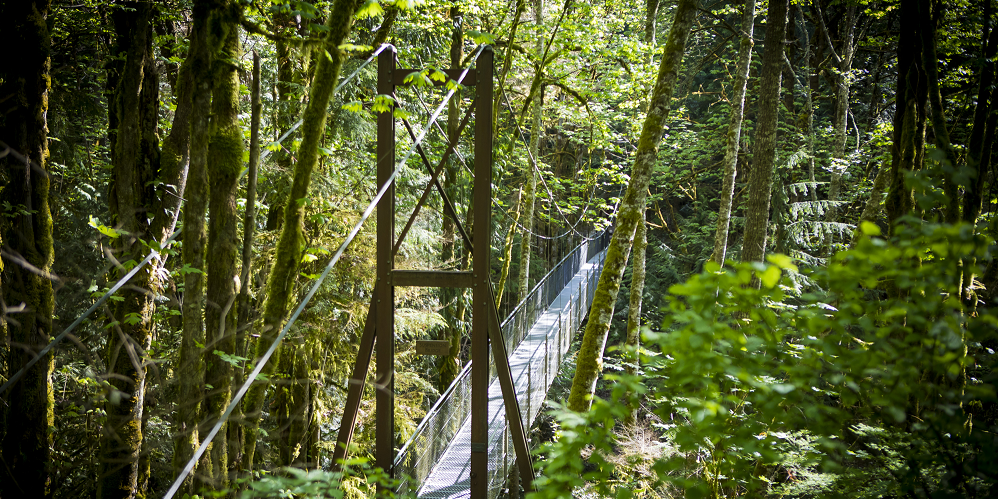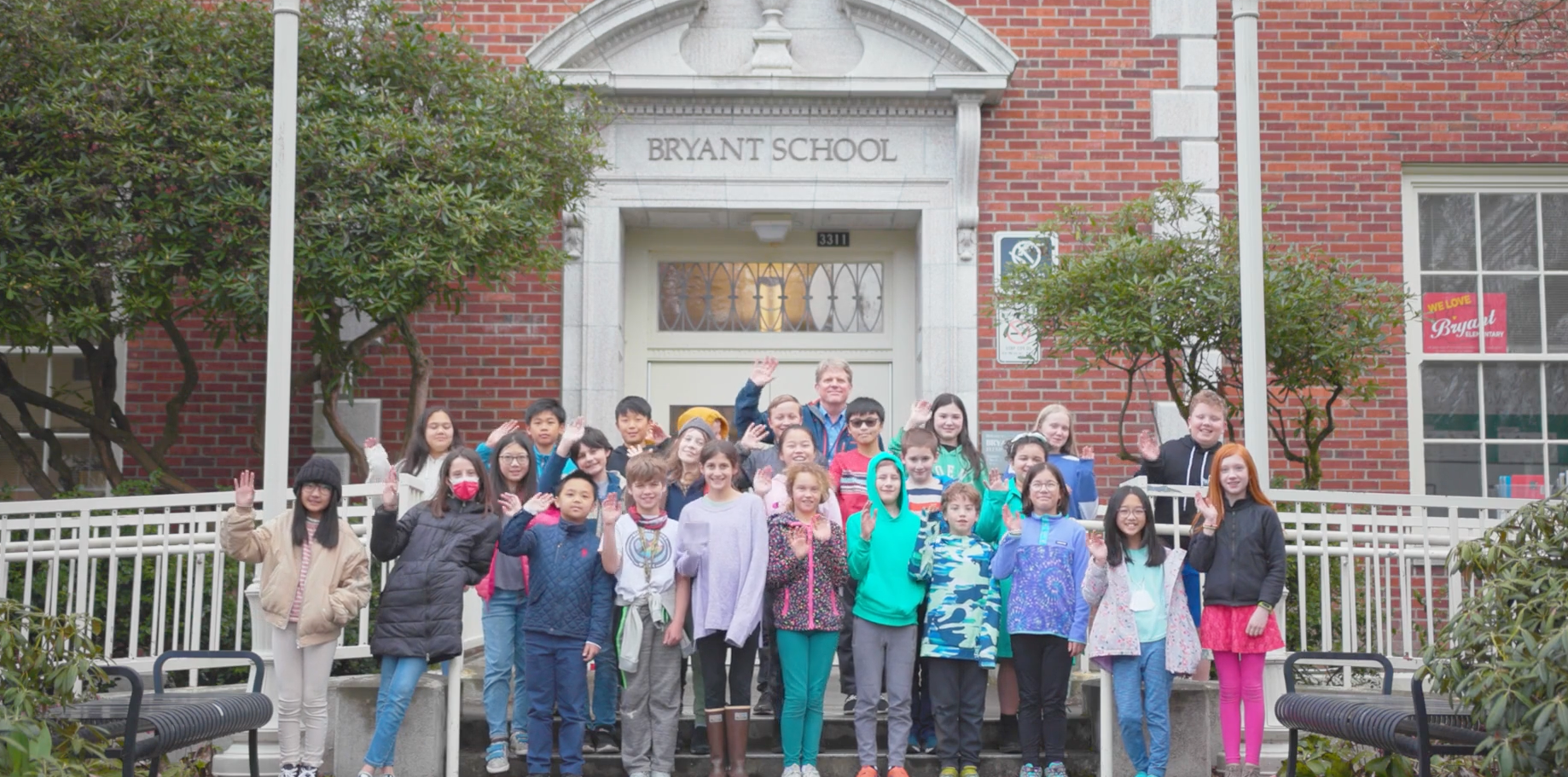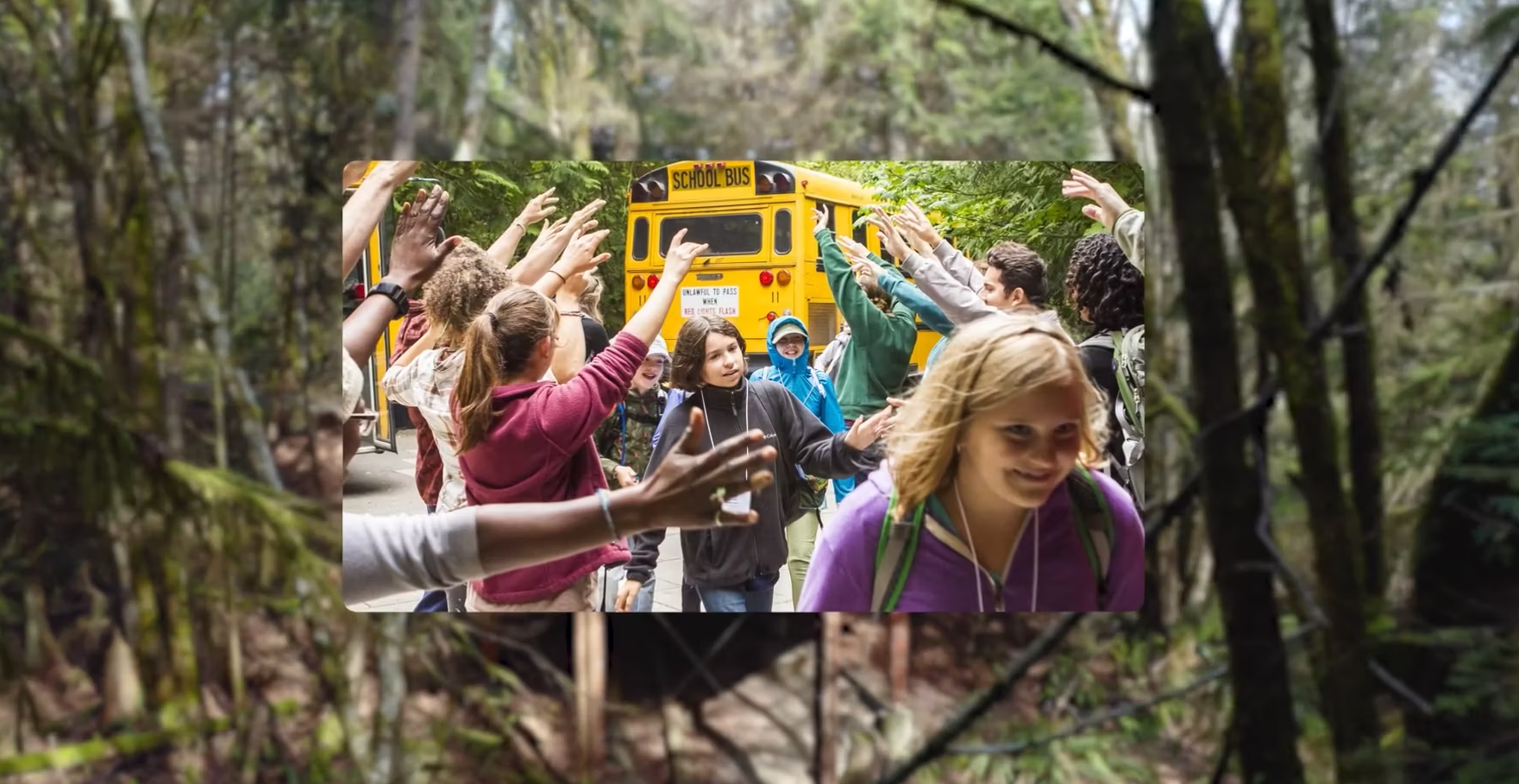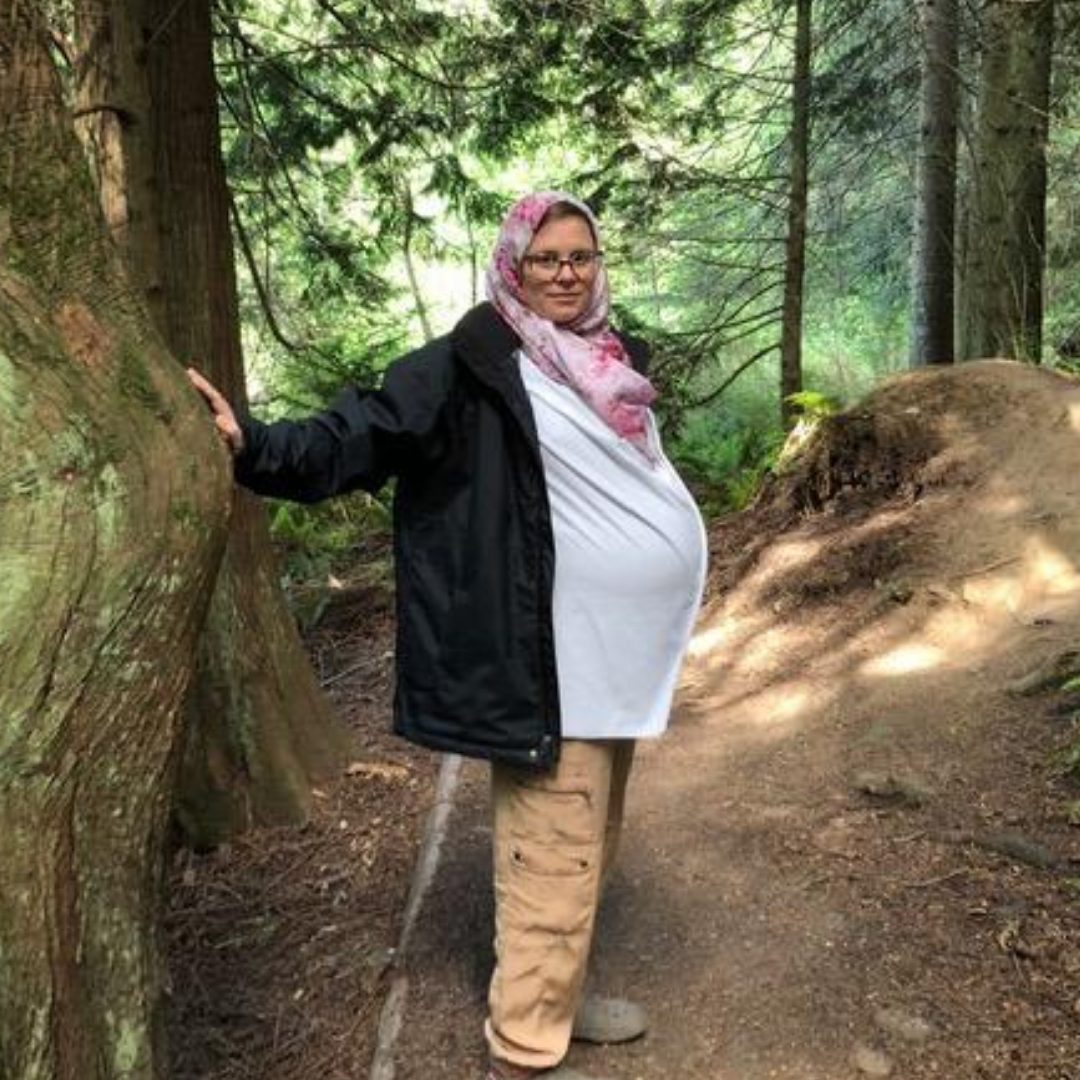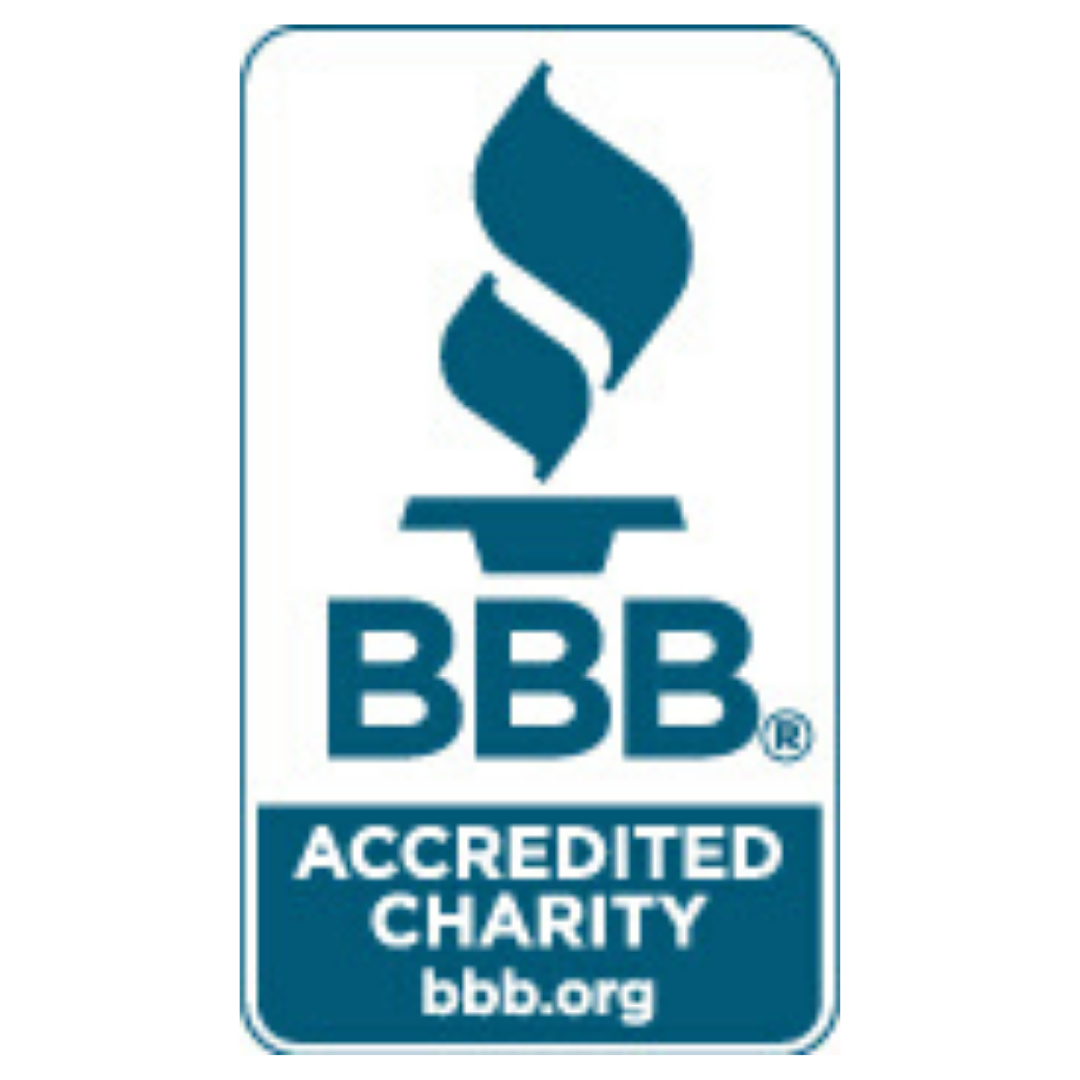Bryant Elementary was one of the schools included in our pilot program of the School…
Author: Hanna Hupp
To foster lifelong learning and environmental stewardship we create experiences that encourage students to pay close attention to the world around them. And those who have visited the IslandWood campus lately might have noticed something different about our trees. Nestled in amongst the usual fall-colored deciduous trees are a number of unusually brown hemlocks, Douglas-firs, and cedars.
To get to the bottom of what has been causing this die off, we recently brought in an arborist, who was able to confirm what many are indicating across western Washington: trees in our region are stressed.

On our campus, western red cedars appear to have been hit the hardest. Most likely due to the cumulative effect of drought stress over the past three years, these cedars have been showing signs of illness for quite some time. Though there are currently no indications of insect issues or diseases, some experts note that drought can be the catalyst for these additional stressors and accelerate tree sickness. Since these cedars have a very low drought tolerance, it is possible that they died at the end of last summer and were kept green a little longer by our wet winter. As temperatures rose this past spring, however, they quickly dried out.
Like the western red cedars, hemlocks are another low drought tolerant species. The extremes of dryness and wetness we’ve experienced over the past year have weakened these trees as well, making them more vulnerable to pathogens. Unlike the western red cedars on campus, these trees do show evidence of a new fungal disease that is causing hemlock defoliation. Similarly, a newly-identified fungus, which is currently being studied by Oregon State University, is likely the cause of the fir dieback, alongside the drought conditions that have ailed many of our tree species.
 Unfortunately, there’s not much we can do to save these already dying trees, but there is still an opportunity to maintain the health and biodiversity of our natural environment. Part of this process means, in the words of Facilities Manager Luke Thivierge, allowing “as many trees to become part of the wildlife habitat as possible,” so that they can contribute their nutrients to future growth. As we continue to consult with experts and monitor the health of these trees, our team is committed to only removing those that pose a hazard to trails, buildings, and people, allowing as many as possible to fall naturally and become part of a continual cycle of growth, decay, and rejuvenation.
Unfortunately, there’s not much we can do to save these already dying trees, but there is still an opportunity to maintain the health and biodiversity of our natural environment. Part of this process means, in the words of Facilities Manager Luke Thivierge, allowing “as many trees to become part of the wildlife habitat as possible,” so that they can contribute their nutrients to future growth. As we continue to consult with experts and monitor the health of these trees, our team is committed to only removing those that pose a hazard to trails, buildings, and people, allowing as many as possible to fall naturally and become part of a continual cycle of growth, decay, and rejuvenation.
It’s not just Luke and the facilities team that are noticing the tree die off, however. Education for Environment and Community graduate student Ray Hurley has been incorporating the trees into the practicum with School Overnight Program students. “After we do an activity where students learn to identify main plants around IslandWood,” Ray says, “we take a closer look at the western red cedars. I ask what they notice about our trees, and how that’s different from what they know. I ask why an evergreen would have brown needles on it. Then, we begin a challenge of trying to find a cedar tree with only green needles left. So far, no student has been able to find an entirely green cedar tree on IslandWood’s campus. We take this as a challenge to spur conversations about what our actions can do to negatively or positively affect the environment around us.” 
This interactive approach seems to be working. Ray notes that “the suggestions kids come up with are really awesome too!” Real-world examples of natural phenomena such as this are often key elements in fostering curiosity, engagement, and lifelong environmental stewardship for students and adults alike.
Luke and his team, along with graduate students like Ray, are committed to the same thoughtfulness, responsiveness, and intentionality that guides the rest of our teams at IslandWood – making sure that we continually fulfill our mission to be good stewards for this land and for our community.
Special thanks and acknowledgment to Luke Thivierge and Ray Hurley for their contributions to this piece.
References:
Seattle Green (2018): https://www.greenseattle.org/western-redcedar-die-off-in-seattle-parks/
Seattle Times (2018): https://www.seattletimes.com/seattle-news/environment/some-of-washingtons-biggest-trees-are-dying-and-scientists-dont-know-why/
Washington Dept. of Natural Resourses (2018): https://dnrtreelink.wordpress.com/2018/07/03/emerging-issues-with-western-hemlock-and-douglas-fir/
WSU Extension Forestry (2018): http://forestry.wsu.edu/nps/newsletter/2018_july/

